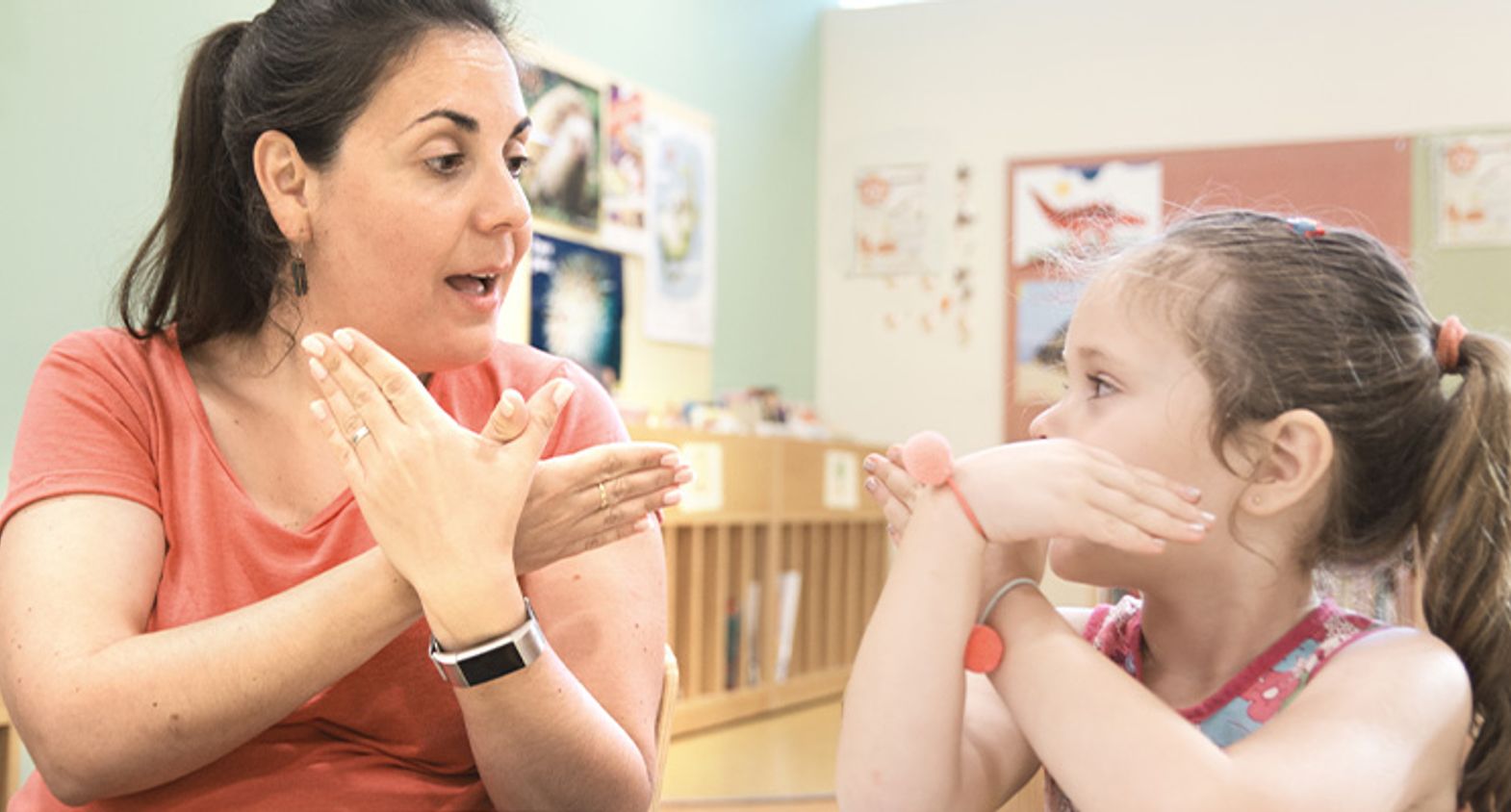When it comes to providing special education, there are four main areas of need that must be addressed: communication and interaction, cognition and learning, social, emotional, and mental health, and sensory and/or physical needs. Special Educational Needs (SEN) are a range of learning difficulties and disabilities that a child or young person may have, and these four areas are designed to provide the best possible educational experience for those with SEN. In this blog post, Aimee, one of our SEN Specialist Consultants at Dunbar Education, takes a look at each of these four areas of need in more detail.
Communication and interaction
Communication and interaction is a key area of need in Special Educational Needs (SEN).
When it comes to communication and interaction, children with SEN may have difficulties in areas such as understanding verbal and non-verbal language, being able to express themselves through spoken language, or communicating with peers and adults. This can be especially true for those with conditions like Autism (ASC/Autism/Aspergers) or Speech, Learning and Communication Needs (SLCN).
Children with communication and interaction difficulties can struggle with developing social skills, making friends and engaging with activities. As a result, these children may need extra help and support in order to access education. This could include providing resources that support their individual learning needs, such as visual aids, speech and language therapy, or even access to a specialist teacher.
Cognition and learning
When it comes to cognition & learning, there are four areas main areas: Specific Learning Difficulties (SpLD), Mild to Moderate Learning Difficulties (MLD), Severe Learning Difficulties (SLD), and Profound Multiple Learning Difficulties (PMLD).
The most common form of learning difficulty is SpLD, which includes Dyslexia, Dyscalculia, and Dyspraxia. People with SpLD may require extra support in their academic learning and literacy skills. They may also benefit from a range of techniques to assist with learning, such as breaking down tasks into manageable chunks or using visual aids.
MLD involves difficulties with academic learning and literacy skills that are more severe than SpLD. Students may need additional support with problem solving, reading comprehension, maths, and written language. They may also require more time to complete tasks.
SLD can have an impact on the way students learn, understand and retain information, as well as their ability to communicate effectively. Students with SLD may require specialist teaching to meet their needs.
PMLD affects students’ ability to understand and process information, as well as their physical, sensory and communication needs. They may require high levels of support in order to access learning, including specialist equipment and care.
Social, emotional and mental health
Children and young people with special educational needs may experience difficulties in their emotional, social and mental health. These can include anxiety, feeling isolated or withdrawn, engaging in challenging and disturbing behaviour, self-harming, depression, eating disorders and substance misuse.
It is important that these issues are identified early so that appropriate interventions and support can be put in place. Schools must provide an environment where children feel safe, secure and respected, and where they are given the opportunity to express their feelings and manage any difficulties they may be facing.
Counselling, mentoring and other forms of psychological therapies can help children develop positive coping strategies and build resilience. A nurturing environment with consistent, clear boundaries can help a child understand their emotions and behaviours. It is also important for adults to listen to young people’s concerns, respect their thoughts and feelings, and provide them with the tools to manage their emotions.
Sensory and/or Physical Needs
Sensory impairments can include visual impairment (VI), hearing impairment (HI), multi-sensory impairment (MSI), and physical disability (PD).
Visual impairments include conditions such as blindness, low vision, colour blindness, or partial sightedness. Hearing impairments range from total deafness to partial hearing loss. MSI is the combination of a vision and hearing impairment, often resulting in a more profound effect on the individual’s ability to interact and communicate. Lastly, physical disabilities can include conditions such as cerebral palsy, muscular dystrophy, or spina bifida.
Sensory and physical impairments can have a major impact on an individual’s ability to learn. For example, a child with a hearing impairment may have difficulty understanding verbal instructions, while someone with cerebral palsy may not be able to physically use a computer or hold a pen. It is therefore important that the learning environment is adapted to meet the specific needs of individuals with these types of impairments. This can involve using assistive technology such as hearing aids or other devices, as well as specialized teaching methods that incorporate tactile materials and visual aids.
Special educational needs provision should also strive to promote independence and social inclusion. For instance, people with visual impairments can benefit from having access to materials in Braille or large print format, while those with physical disabilities may need assistance with daily activities such as getting dressed or moving around. In addition, individuals with sensory and physical impairments may require support from professionals such as physiotherapists or occupational therapists to help them achieve their goals.
Wrapping up
It is important to recognise that every child is different, and therefore the type of help and support they need will vary. It is also essential to understand that effective intervention is most successful when tailored to the individual. By recognising the needs of each child, we can ensure they are given the best possible opportunity to develop their communication and interaction skills.
If you are thinking of a career in SEND and supporting young people with unique needs, we’d love to hear from you. You don’t need a degree to work in a SEND school, and there are always opportunities for creative, enthusiastic and compassionate individuals in SEND schools. Start by registering with us or dropping me an email: aimee.clarke@dunbareducation.com.
